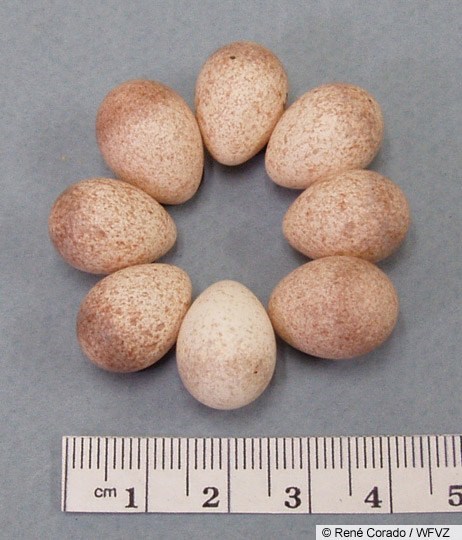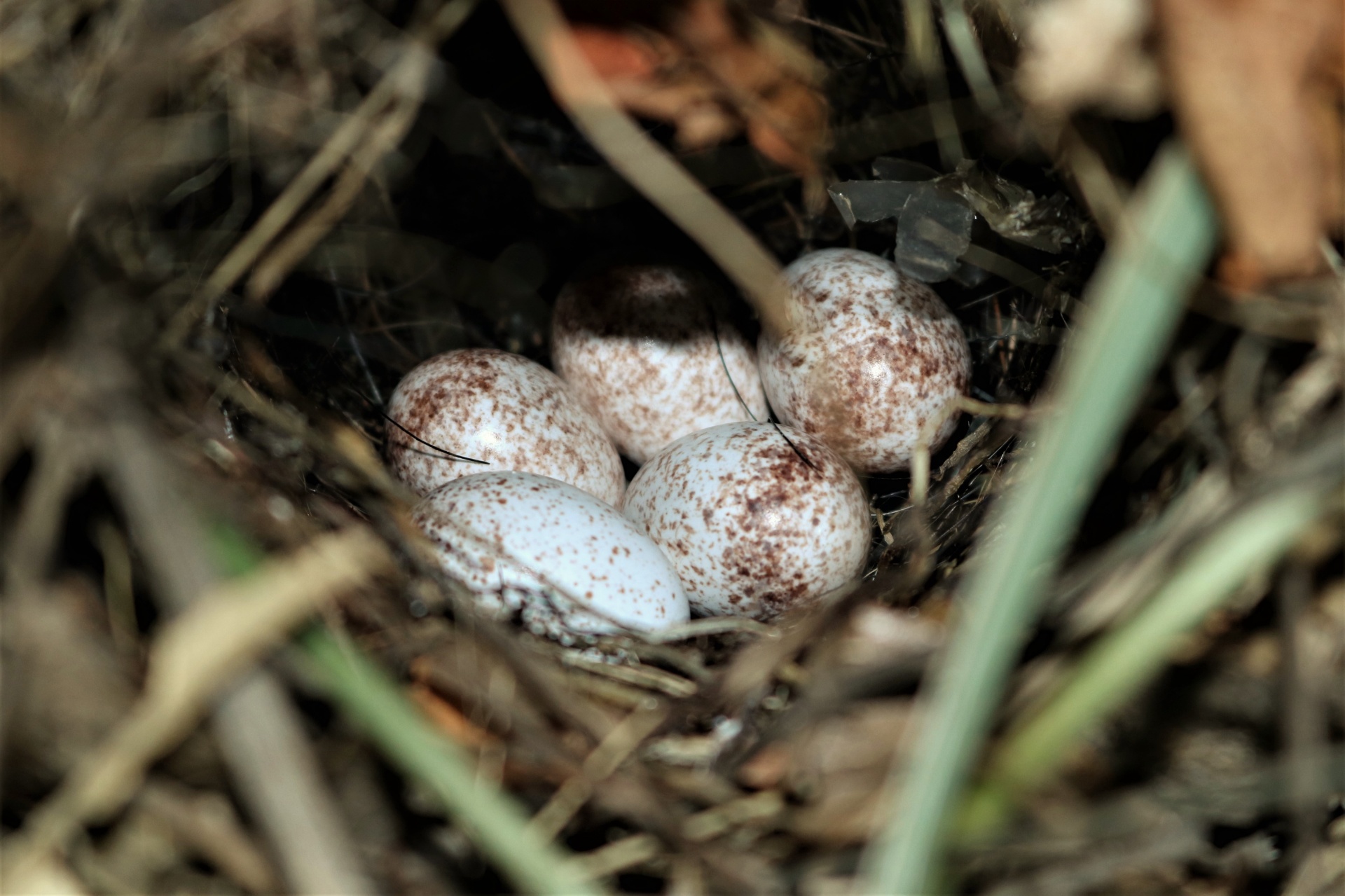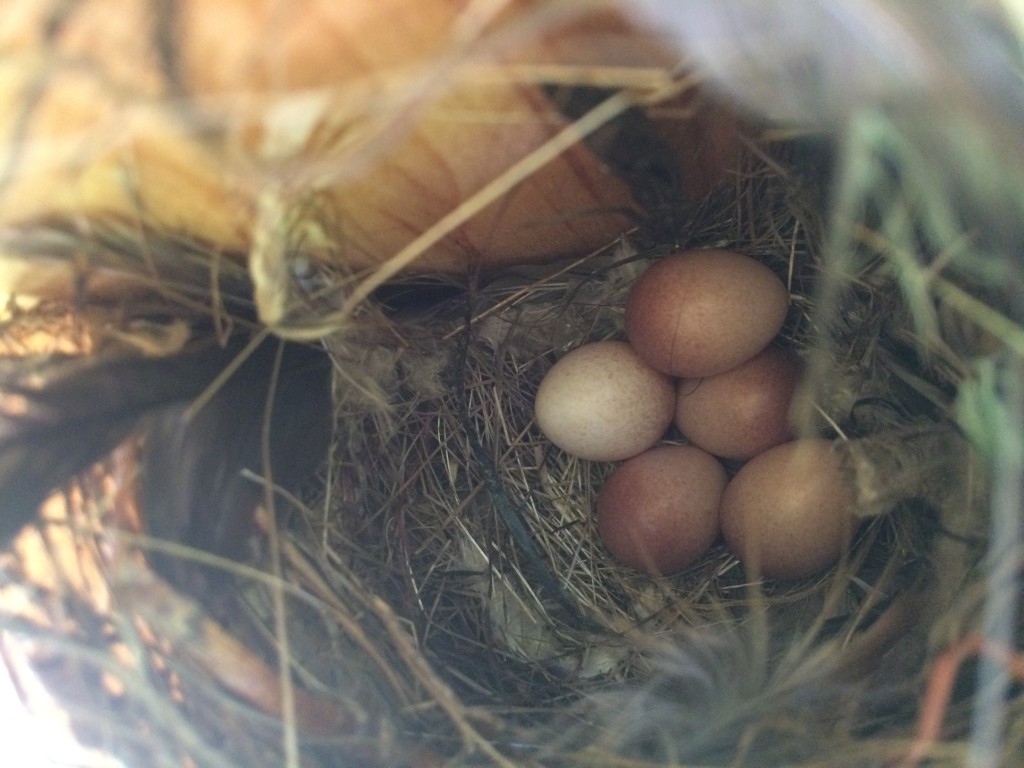Table Of Content

Interestingly, House Wrens are one of the only birds that will use a nest box hanging freely and not permanently attached to a tree or post. House wrens usually lay anywhere from 5 to 8 eggs per brood, and sometimes more. By maintaining a clean nest box, you increase the chances of attracting wrens and other cavity-nesting birds to use the birdhouse for their next brood.

Do male or female House Wrens build the nest?
Their underside is grayish brown, and they have the distinctive upright tail of the wren. Attract House Wrens to your backyard by leaving piles of brush or putting up a nest box. House Wrens eat insects and spiders, such as beetles, caterpillars, and flies.

Habitat (Northern)
Late spring is crunch time for Minnesota's backyard songbirds - Star Tribune
Late spring is crunch time for Minnesota's backyard songbirds.
Posted: Tue, 08 Jun 2021 07:00:00 GMT [source]
They usually prefer shallower areas than Marsh Wrens and hunt for insects and spiders. Nests of Winter Wrens are made of twigs, moss, and grass woven together into a round shape with a small opening. They lay 1 – 9 eggs, and hatching takes around two or two and a half weeks and fledging the same. Nests of Cactus Wrens are round-shaped with a small tunnel entrance in desert vegetation. They lay 2 – 7 eggs, which hatch in around two and a half weeks, and the chicks fledge in around three weeks.
What month do House Wrens lay eggs?
Potential female mates arrive in the breeding grounds a few days later than the males and inspect nesting sites and territories. If she approves of a nest site and territory, she stays with the male and begins to construct the rest of the nest over the base of sticks built by the male. Look for a rather large wren with a long tail and long bill, but short rounded wings. They are beautiful birds with their distinctive bright white eyebrow, brown spotted belly, and a brown and white streaked back. Even though Marsh Wrens are tiny, they are incredibly fierce, aggressive, and active.
It’s possible to get them to visit your bird feeders.
Upon arrival to the breeding grounds, males are rather vocal, singing loudly and persistently. Conversely, during the fall migration, birds stop singing, and it is difficult to tell the exact dates when wrens leave the breeding grounds. It is unclear whether house wrens migrate in flocks or individually. The house wren breeding range encompasses roughly the upper two-thirds of North America from coast to coast. Wrens spend the winter months in the Southern U.S. and move back north to the spring and summer breeding range. The map showing the breeding range indicates the regions where house wren nests and eggs are expected.
Cactus Wrens are easier to recognize with their speckled undersides, large bold eyebrow stripe, and large size. They are recorded in 1% of both summer and winter checklists for the state. Pacific Wrens can be spotted in California all year and appear in 2% of summer checklists and 1% of winter checklists for the state. Marsh Wrens are brown with black and white streaks on their back.
Although many birds fiercely defend their territories during the breeding season, the House Wren takes this behavior to an extreme. Males will also stuff cavities with twigs to keep other birds from nesting there. House Wrens raise two broods per season, but sometimes they have been spotted raising to three on occasion. The clutch size varies from 3 to 10 eggs, with an average of between 5-6 eggs. While House Wrens aren’t too picky on their nesting locations, there are a few key things to keep in mind.
Find This Bird
First Person: Letting a Backyard Go Wild - National Geographic
First Person: Letting a Backyard Go Wild.
Posted: Tue, 23 Apr 2013 07:00:00 GMT [source]
Other weird spots for nests include boots, cans, or boxes. Even though they almost never visit bird feeders, they are often seen zipping through backyards while hunting insects. A great way to draw these wrens to your yard is to create brush piles, which offer cover for them and places for insects to gather. Bewick’s Wrens are the most frequently spotted wrens in California, and they do not migrate.
After choosing and rebuilding the nest, the female House Wren will lay one egg each day (sometimes skipping a day between eggs) until a clutch of 5 or 6 eggs is laid. The male attempts to attract a female, which he takes to each of his nest sites. The wrens nesting and feeding habits and what the young eat are easily observed, as they tend to nest near humans. House wren eggs are tiny, measuring just 1.6cm long and weighing just over 1 gram. They’re a brownish color with heavy red-brown spots and blotches, which are sometimes purplish. Pigmentation is concentrated towards the larger end of the egg.
Wrens are unremarkable-looking songbirds with big personalities. They are brown, relatively small, and rather plump birds with distinctive upright tails and big voices. Even when wrens nest in the same spot year after year, they may build a new nest each year, or at least renovate the old one with new grasses and mosses. Wrens nearly always return to the same nesting grounds each season.
They use natural cavities but they also like manmade nest boxes. Create a brush pile and grow plenty of trees and shrubs for them to use for nesting. If you put up a birdhouse with a 1-1/8-inch entrance, you have a good chance of welcoming a house wren family. Chickadees and wrens nest in the same kind of birdhouse. If it says, “wren house,” it will work for both species.













